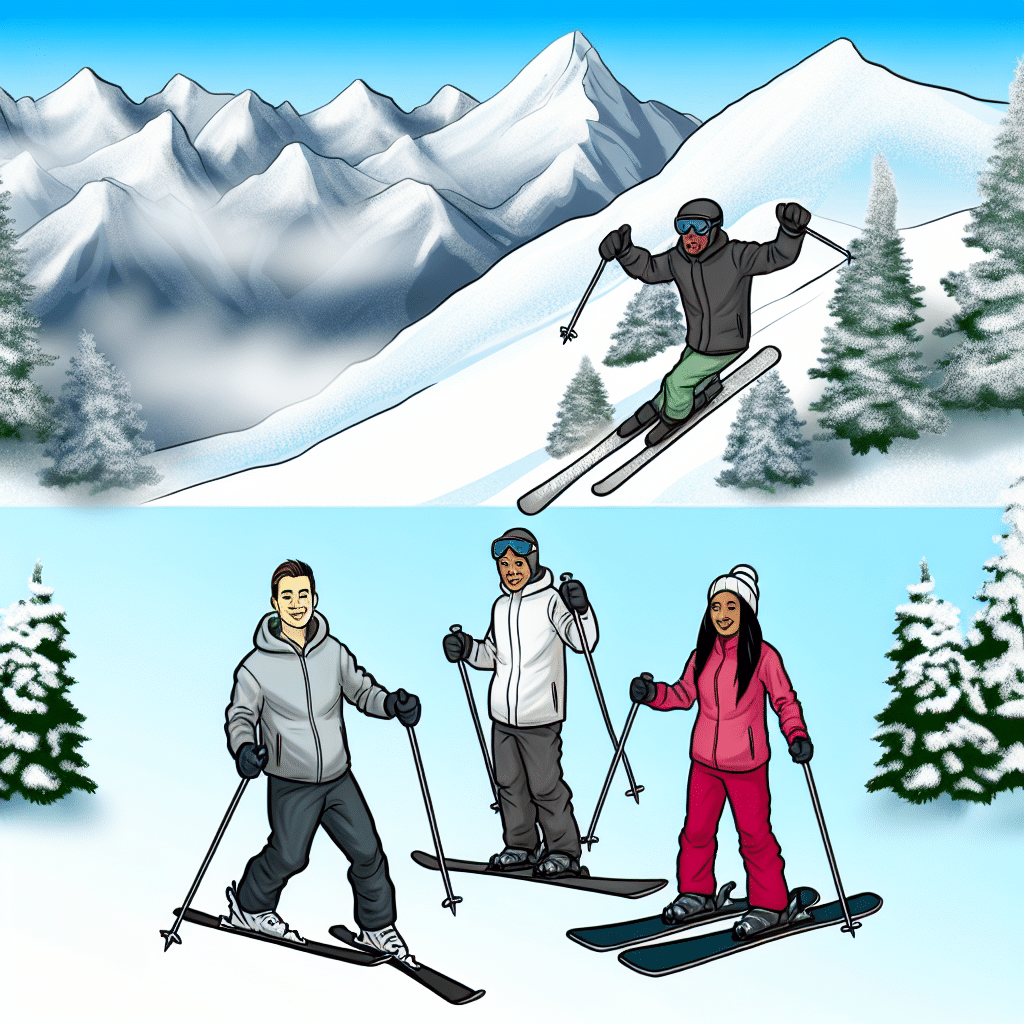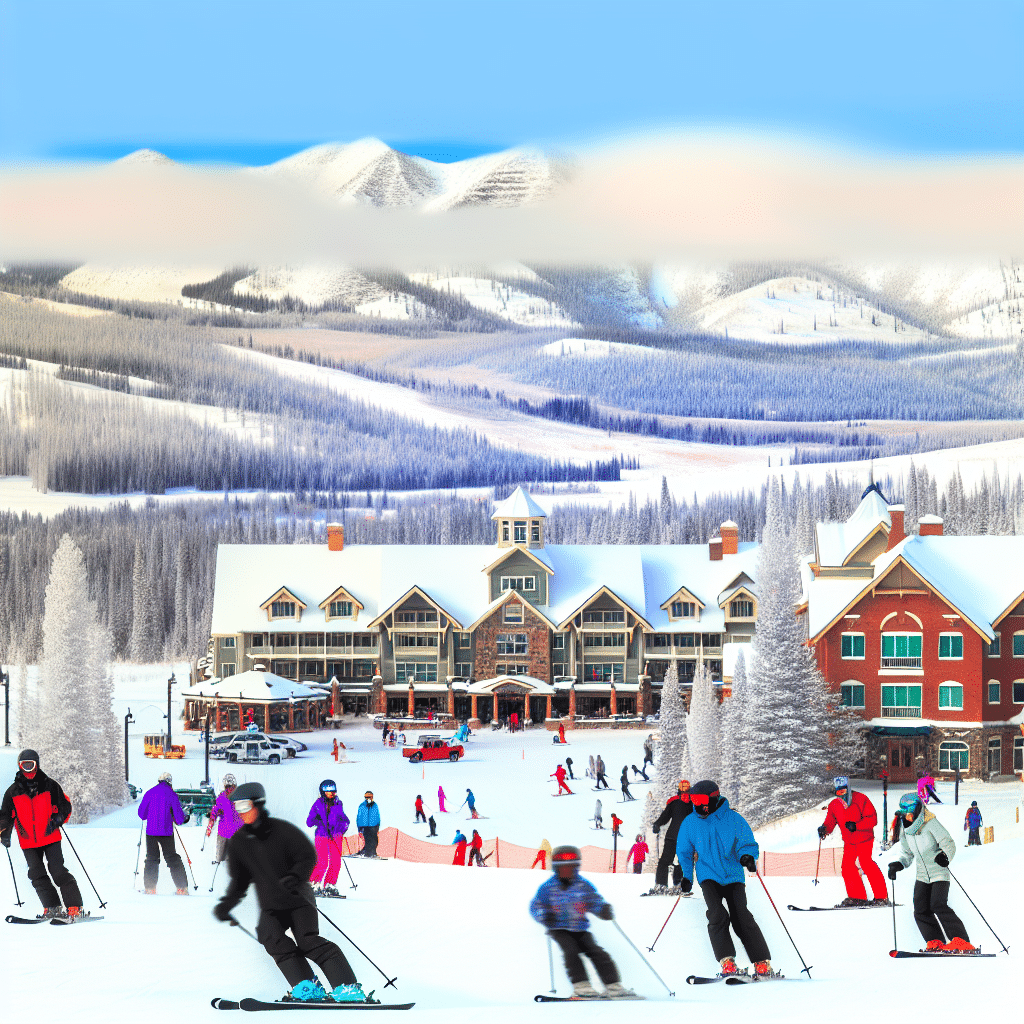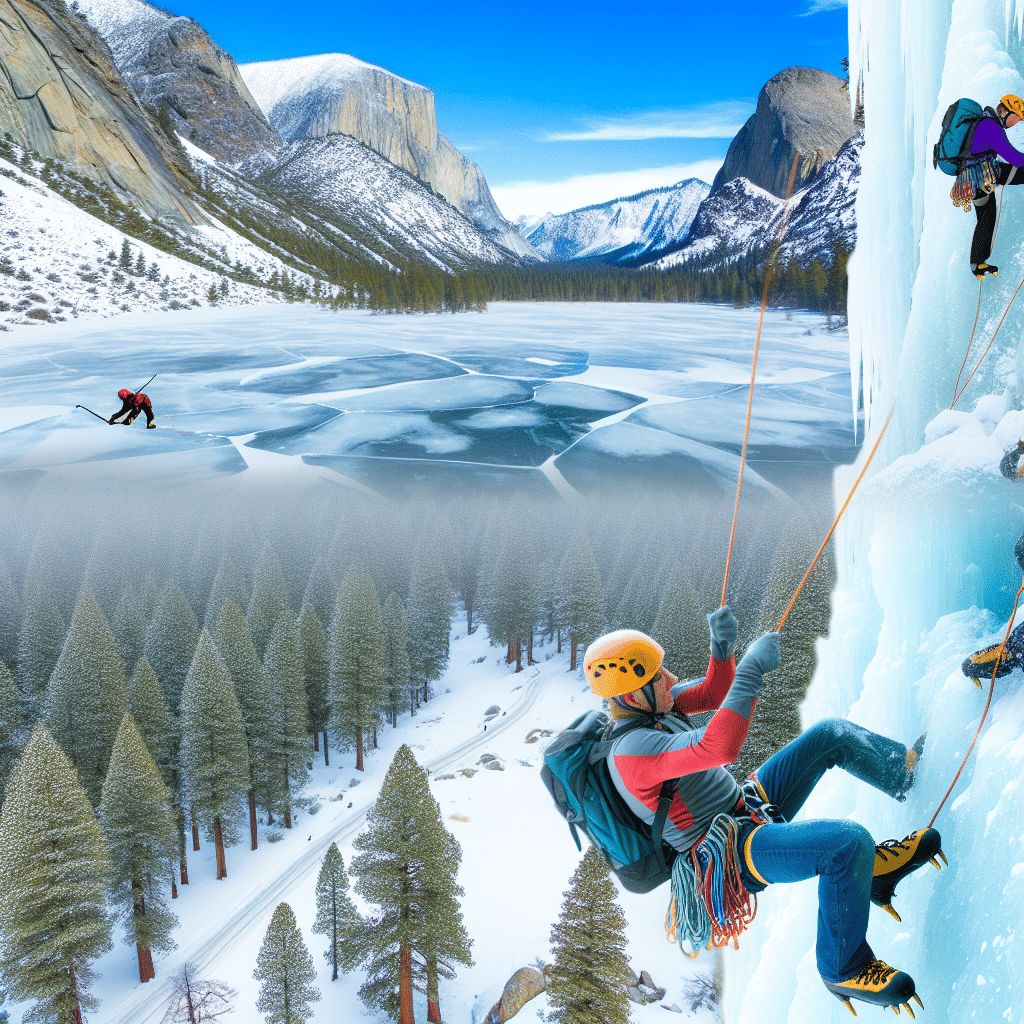Winter sports enthusiasts often debate whether skiing or snowboarding is easier to learn and master. Both sports offer exhilarating experiences that blend speed, agility, and the beauty of snowy landscapes. However, the ease of learning each sport can depend on a variety of factors, including personal physical fitness, balance, prior experience, and individual learning style. This article delves into the aspects that make skiing or snowboarding easier to pick up and explores the nuances of each winter sport.
Learning Curve: Which Is Steeper?
Initial Learning Phase
When you’re first starting out, skiing generally has a more gradual learning curve compared to snowboarding. Skiers have the advantage of having two separate planks strapped to their feet, which can make it easier to balance and maneuver initially. With your feet in a parallel stance, skiing might feel similar to walking or running, which are natural human movements.
Snowboarding, on the other hand, requires you to stand sideways on a single board, which can feel quite foreign and challenging at first. Beginners often struggle with balance and frequent falls are common. Even standing up on a snowboard can be tricky for those new to the sport. Therefore, snowboarding tends to have a steeper initial learning curve.
Progressing to Intermediate and Advanced Levels
While skiing might be easier to pick up at the beginning, many find snowboarding easier to progress in once they get the hang of it. Snowboarders can gain confidence relatively quickly as they learn to control their speed and direction. Many riders find turning and maneuvering on a snowboard more intuitive after the initial learning phase.
Skiing, however, can become increasingly challenging as you progress to more advanced levels. Techniques like parallel turns, carving, and navigating moguls require significant practice and precision. This means that while skiing may feel easier at the start, mastering it can take more time and dedication.
Physical Fitness and Balance: What Matters More?
Strength and Endurance
Both skiing and snowboarding demand a good level of physical fitness, but the types of fitness each sport requires can differ. Skiing often requires more leg strength and endurance due to the need to control two skis independently. Your thighs, calves, and glutes get a significant workout, especially on longer runs and more challenging terrain.
Snowboarding, meanwhile, places a higher emphasis on core strength and balance. Since you’re using one board, your core muscles need to work harder to maintain stability and control. Snowboarders also tend to use their arms more for balance and coordination.
Balancing Act
Balance is crucial for both sports, but the type of balance differs. Skiing requires balance in a forward-facing stance, which may feel more natural for many people. The ability to edge your skis for turns and stops also relies heavily on balancing skills.
Snowboarding’s sideways stance can be initially disorienting, requiring a different kind of balance. However, once snowboarders get accustomed to this stance, many find the balance easier to maintain than in skiing. The uniformity of having both feet on one board can feel more stable for some people compared to the split stance of skiing.
Equipment: Does It Make a Difference?
Getting Geared Up
The equipment used in skiing and snowboarding can also impact how easy each sport is to learn and enjoy. Skiing equipment tends to be more cumbersome, with separate skis, poles, and ski boots that can be awkward to walk in. Beginners may find the process of carrying and managing this gear a bit daunting.
Snowboarding equipment, by contrast, is generally simpler. A single board and a pair of snowboard boots are all you need. Snowboard boots are also typically more comfortable to walk in than ski boots, making the overall experience feel less cumbersome.
On the Slopes
On the slopes, skiing equipment provides the advantage of having two poles, which can help with balance and getting up from falls. The independent movement of the skis offers more precise control, which can be beneficial for navigating varied terrain.
Snowboarders don’t have poles, which can make getting up from falls and navigating flat areas more challenging. However, the single board allows for fluid, sweeping turns and can float better in deep powder, offering a different kind of control.
Personal Preference: The Ultimate Decider
At the end of the day, whether skiing or snowboarding is easier often comes down to personal preference. Some people are naturally more inclined toward the mechanics of skiing, while others find the flow of snowboarding more intuitive. Trying both sports before making a decision can offer valuable insights into which one suits you better.
In conclusion, there is no definitive answer to whether skiing or snowboarding is easier. Each has its unique challenges and rewards, and the “easier” choice depends largely on individual factors such as physical fitness, balance, and personal learning style. Regardless of which sport you choose, the thrill of gliding down snowy slopes is a rewarding experience worth the effort.




